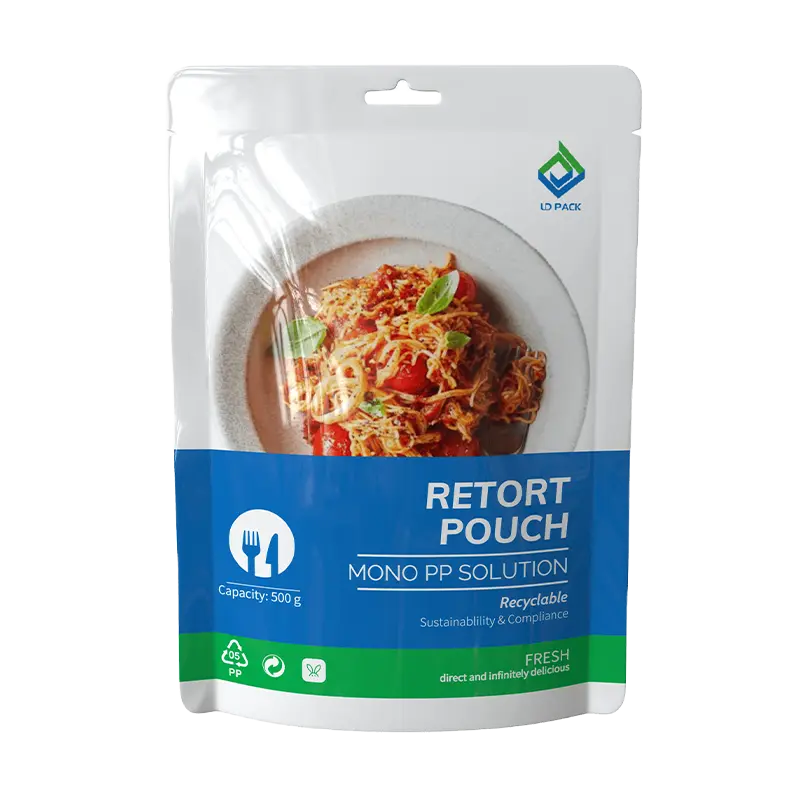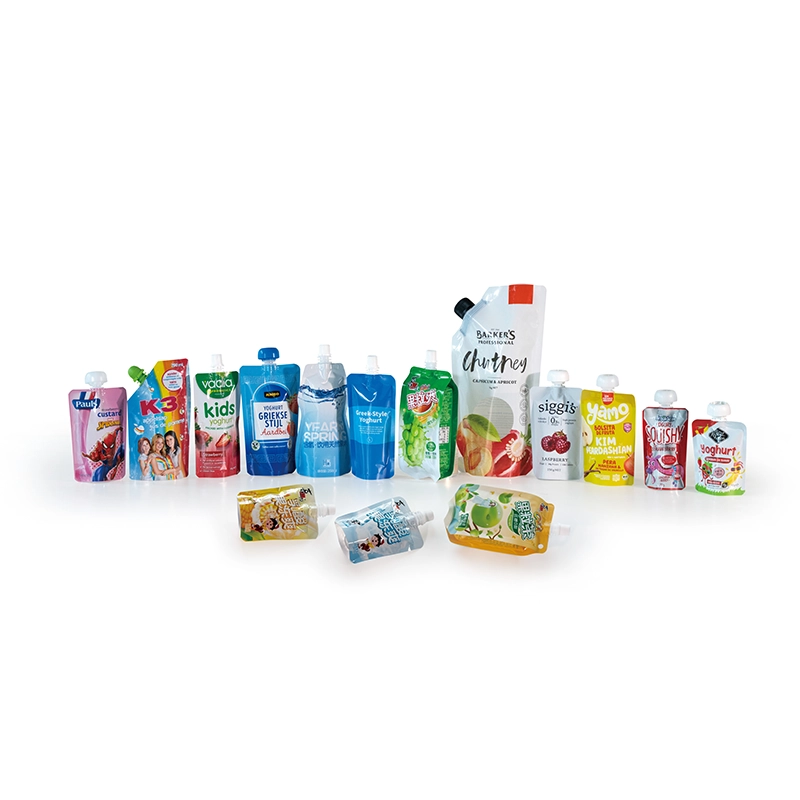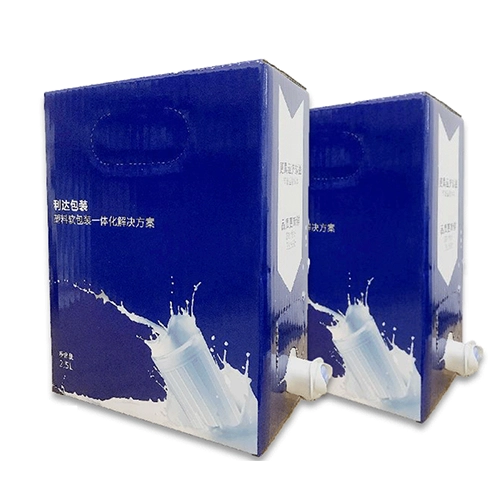The concepts and pathways of recyclability and biodegradability distinguished.
The concepts and pathways of recyclability and biodegradability, which were once confused, are now clearly distinguished.

Bio-plastics and biodegradable materials are not necessarily the solution. Their performance often does not match that of petroleum-based plastics, and they cannot address the issue of delamination. Moreover, the industrial production of degradable materials generally involves higher costs and greater energy consumption.
The main issues and development challenges of biodegradable packaging are:
Higher Cost: The cost of biodegradable packaging is several times higher than that of traditional plastic packaging, with the cost difference significantly exceeding market tolerance in the short term.
Unbalanced Market Supply and Demand: Compared to petrochemical materials, there is a huge disparity between the supply of raw materials and production capacity for biodegradable materials relative to market demand.
Poor Mechanical Property: Biodegradable materials often have less stable performance, which can reduce the value of the packaging.
Non-degradable Barrier Materials: Biodegradable barrier materials are difficult to achieve and are costly.
Inconsistent Standards: The lack of uniformity in material technology leads to difficulties in standardizing the market.
Cost of Degradation Conditions: Industrial-scale degradation requires sorting and recycling, which incurs high costs.
Long Degradation Time and Uncertain Degradation Ratio: The degradation time is long, and the degradation ratio has a high degree of uncertainty.
Therefore, using multifunctional mono-material laminates that achieve recyclability and meet packaging performance requirements is currently the best approach for replacing existing flexible packaging structures.




